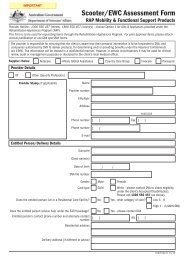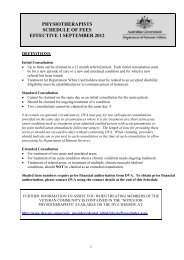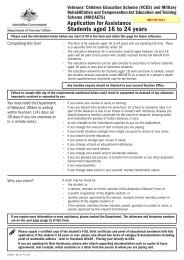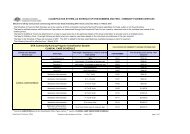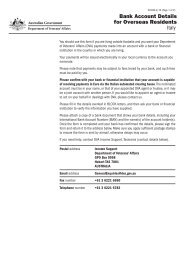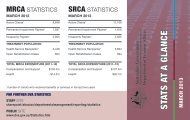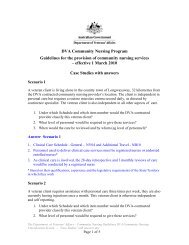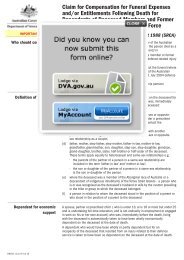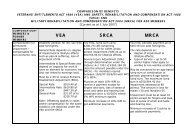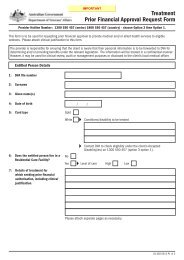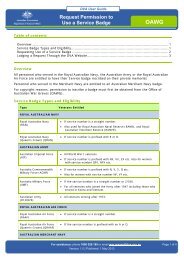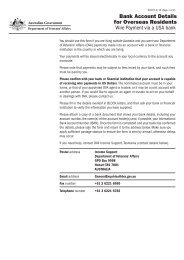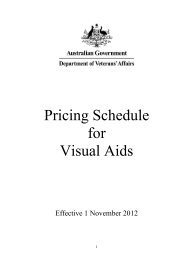Oberon Class Submarine Occupational Hygiene Project Final Report
Oberon Class Submarine Occupational Hygiene Project Final Report
Oberon Class Submarine Occupational Hygiene Project Final Report
Create successful ePaper yourself
Turn your PDF publications into a flip-book with our unique Google optimized e-Paper software.
y its location. The report authors proposed a more effective regime for keeping CO 2in check and discuss its implications.The oxygen (O 2 ) levels declined until the O 2 candles were activated. Only the ForeEnd had consistent restoration of levels, whereas the Control room and the Engineroom were inconsistent, demonstrating once again the role of positioning of thecandle and the internal ventilation system. The compartments with the generatorsbenefited the most, the Accommodation Space and the Control Room (17.9%) theleast.The CO concentrations varied at the start (2.8 – 5.9 ppm) and rose to (14.9 – 16.2ppm) depending on location. There was no technology onboard to remove the CO.The biological uptake as demonstrated by the COHb results showed nonsmokers hadlevels of 0.2 → 2.8%, whereas for smokers the levels were 2.4 → ~5.6%. These werewithin the Military Standard of 10%. The levels dropped for non smokers as fresh airwas introduced by snorting.No arsine or stibine was found during battery charging process. Although hydrogenwas detected it was below the 2% specification limit. Its distribution was eventhroughout the boat.Respirable particulates were monitored in the Engine, Control and Motor rooms. Asonly one instrument was used the locations were monitored consecutively over a totalperiod of 23 hours 48 minutes. During this period the submarine had completed divesand surfaced twice to snort depth. The BR1326 has no limits for respirableparticulates, so the occupational TLVs were used. The time weighted averageconcentrations (TWAs) for each of the locations were:Engine Room 0.677 mg/m 3Motor Room 0.033 mg/m 3Control Room 0.214 mg/m 3Caution needs to be exercised when applying 8 hour TWAs to submarineenvironments as composition of the aerosol/particulates should be known. Theauthors discuss methods for the reduction of aerosols.The ammonia, ozone and nitrous compounds were below the detection limit of themethod used.The charcoal tube analysis of the diesel organics measured in the Fore-Ends,Accommodation Space, Control Room, and Engine Room is shown below (asreproduced from the report):Substance Concentration Range (mg/m 3 )Benzene 0.087 – 0.249Toluene 0.562 – 1.145Ethylbenzene* 0.068 – 0.158m/p-Xylene* 0.282 – 0.881o-Xylene* 0.122 – 0.35928



